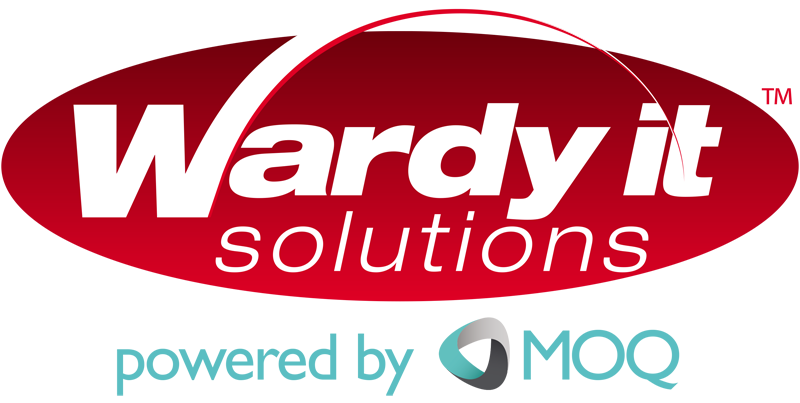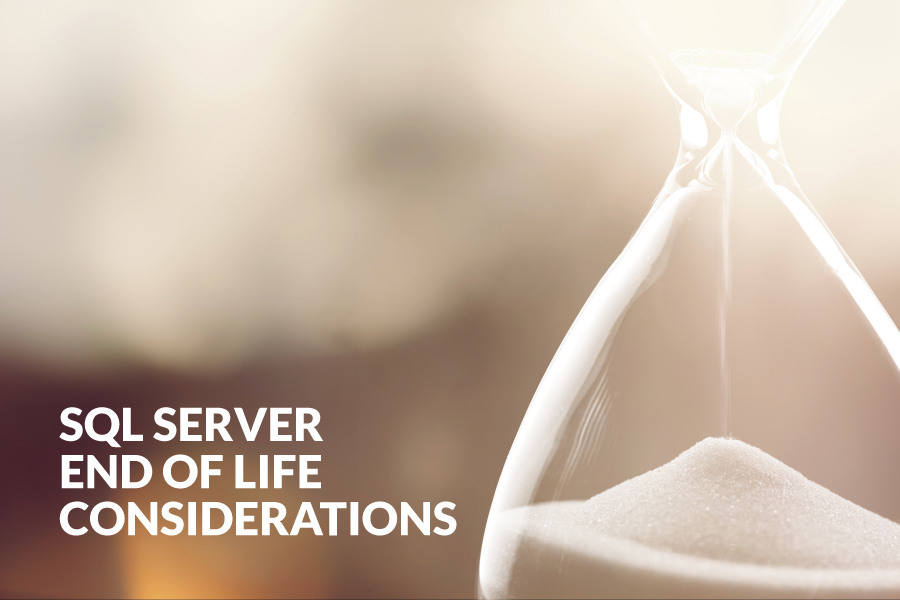SQL Server End of Life (EOL) indicates that a particular version is at the end of its useful life, and Microsoft stops selling and developing it.
While the Microsoft Lifecycle Policy offers 10 years of support (5 years for Mainstream Support and 5 years for Extended Support) for SQL Server, once the Extended Support ends, there will be no support or security updates available to you.
SQL Server End of Support
In the Microsoft world, SQL Server End of Support (EOS) means you will no longer be able to contact Microsoft for product or troubleshooting help, and there will be no more patches or security updates to that particular SQL Server version.
Moreover, you won’t receive updates or feature enhancements once that particular version reaches its EOS date.
What does this mean for you?
If you no longer receive security updates, your system defenses are down. By continuing to use an out of support version, this makes your system vulnerable to threats. You may find it nearly impossible to protect your data against cyberattacks.
In addition, this can cause security and compliance issues with regulations such as the General Data Protection Regulation (GDPR) along with the potential for business interruptions. Without these updates you are putting both your reputation and your business at risk.
We encourage you to upgrade your system to avoid these risks.
If you are not sure whether you are still eligible for extended support, check your version of SQL Server below.
Jump to:
- SQL Server 2000 End of Life
- SQL Server 2005 End of Life
- SQL Server 2008 and 2008 R2 End of Life
- SQL Server 2012 End of Life
- SQL Server 2014 End of Life
What is the process for upgrading to a supported version of SQL Server?
1. Plan for SQL Server End of Life
The first and one of the most important steps when facing SQL Server End of Life is planning. Avoid the top four mistakes we see: doing nothing, leaving it too late, approaching the transition purely as an upgrade and working with the wrong team. Any of these mistakes can lead to a SQL Server upgrade that comes in too late, over budget or with more problems to fix.
2. Know your options
When you are planning to move to a supported version of SQL Server there are a few options to consider depending on your timeframe, budget and platform requirements. On-premise SQL Server users for instance may take the opportunity to consider migrating to Azure, or to an on-premise version of SQL Server 2019. Your options include:
- Upgrade to a current version of SQL Server.
- Purchase an Extended Security Updates subscription.
- Migrate your workload to an Azure Virtual Machine as-is for free Extended Security Updates.
- Migrate your workload to an Azure SQL Database service.
How to Avoid SQL Server End of Life Risks

1. Purchase Extended Security Updates
If your version has just reached its end of life, you may still be able to purchase Microsoft’s Extended Security Updates. This is not the ideal or most cost-effective option. But it can be used by organisations if you have run out of time or are facing working on a platform that will no longer be supported. Due to the considerably large cost of purchasing Extended Security Updates your organisation may be better off starting the migration process to Azure or upgrading to a more recent version.
2. Azure Migration
Migrating to Azure means no additional application code changes and almost no downtime. Azure has high availability built in, backups are much easier and options for disaster recovery are also built in. With Azure, your data is safe.
3. Upgrade to a supported version
This option provides organisations access to updated features, superior security setup and updates, and outstanding support. Check out the Microsoft website for a list of supported versions.
SQL Server 2008 and 2008 R2 End of Life
End of Support for SQL Server 2008 and 2008 R2 ended in 2014. If you haven’t started the migration/upgrade process yet, Microsoft encourages you to upgrade to the latest versions to continue to get regular security updates.
Options for SQL Server Upgrade and Migration
Extended Support for SQL Server 2008 ended in 2019.
For organisations currently running SQL Server 2008 and 2008 R2, there are a number of migration options available. These include:
1. Upgrade to a newer version of SQL Server
Although Microsoft recommends migrating to Azure, you can also make use of the on-premise versions. Your options are:
- SQL Server 2017
SQL Server 2017’s most notable change is its availability on Linux. - SQL Server 2019
This version will give organisations access to the most up to date features.
2. Leverage Azure’s new Hybrid Usage Benefit

Eligible customers can use the Azure Hybrid Benefit. This is available to customers with active Software Assurance or Server Subscriptions.
Upgrading to Azure will enable organisations to save up to 40% on virtual machines and requires few code changes with a “version-free” platform. This is also cost-effective as it involves only the infrastructure costs.
SQL Server 2000 End of Life
Extended Support for SQL Server 2000 ended in 2013 however, if you’re still using this version, your option is to upgrade to SQL Server 2017 or SQL Server 2019.
SQL Server 2005 End of Life
Extended support for SQL Server 2005 ended in 2016. This version will still work for your business, but without proper support, you are putting your data at risk.
The best option for your organisation is to upgrade to a supported version or to migrate to Azure.
SQL Server 2012 End of Life
The mainstream support for SQL Server 2012 ended on 9 January 2018. Its extended support will end on 12 July 2022.
Although you still have 3 years, it wouldn’t hurt to plan your upgrade or migration to Azure in advance.
SQL Server 2014 End of Life
SQL Server 2014 reached its end of life on 9 July 2019 and its extended support will end on 9 July 2024. While this may seem a bit far, Microsoft encourages organisations to start planning an upgrade to avoid an expensive crisis.
Don’t delay the inevitable
Lack of planning, skills and fear of downtime can slow down the process or stop successful migrations from being carried out. This can be frustrating and could lead to further costs. A successful transition is one that is well planned and considered, and this takes time.
Let the experts at WARDY IT Solutions help you!
Let WARDY IT Solutions quickly and seamlessly migrate your SQL Server workloads to the cloud
If you have an existing on-premise SQL Server footprint, then WARDY IT Solutions’ Azure Illuminate service is perfect for you. Simple, cost-effective, practical – you’ll benefit from the power of the cloud by migrating and optimising your SQL Server workloads.
Learn more about Azure Illuminate here
